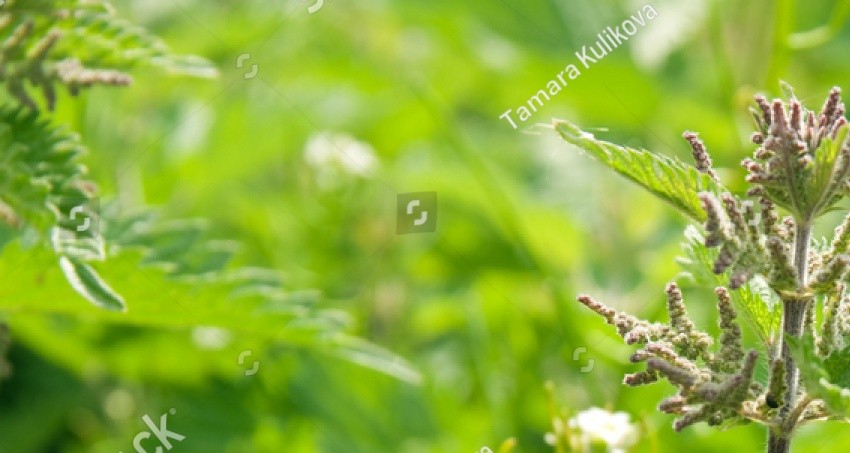Common Nettle
(Urtica spatulata)

Description
Urtica dioica, often known as common nettle, burn nettle, stinging nettle (although not all plants of this species sting) or nettle leaf, or just a nettle or stinger, is a herbaceous perennial flowering plant in the family Urticaceae. Originally native to Europe, much of temperate Asia and western North Africa, it is now found worldwide, including New Zealand and North America. The species is divided into six subspecies, five of which have many hollow stinging hairs called trichomes on the leaves and stems, which act like hypodermic needles, injecting histamine and other chemicals that produce a stinging sensation upon contact ("contact urticaria", a form of contact dermatitis). Urtica dioica is a dioecious, herbaceous, perennial plant, 1 to 2 m (3 to 7 ft) tall in the summer and dying down to the ground in winter. It has widely spreading rhizomes and stolons, which are bright yellow, as are the roots. The soft, green leaves are 3 to 15 cm (1 to 6 in) long and are borne oppositely on an erect, wiry, green stem. The leaves have a strongly serrated margin, a cordate base, and an acuminate tip with a terminal leaf tooth longer than adjacent laterals. It bears small, greenish or brownish, numerous flowers in dense axillary inflorescences. The leaves and stems are very hairy with non-stinging hairs, and in most subspecies, also bear many stinging hairs (trichomes or spicules), whose tips come off when touched, transforming the hair into a needle that can inject several chemicals causing a painful sting or paresthesia, giving the species its common names: stinging nettle, burn-nettle, burn-weed, or burn-hazel. The stinging nettle can also be grown in controlled-environment agriculture systems, such as soil-less medium cultivations or aeroponics, which may achieve higher yields, standardize quality, and reduce harvesting costs and contamination. Urtica is derived from a Latin word meaning 'sting'. Dioica (δίοικος) is derived from Greek, meaning 'of two houses' (having separate staminate and pistillate plants; dioecious).
Taxonomic tree:







